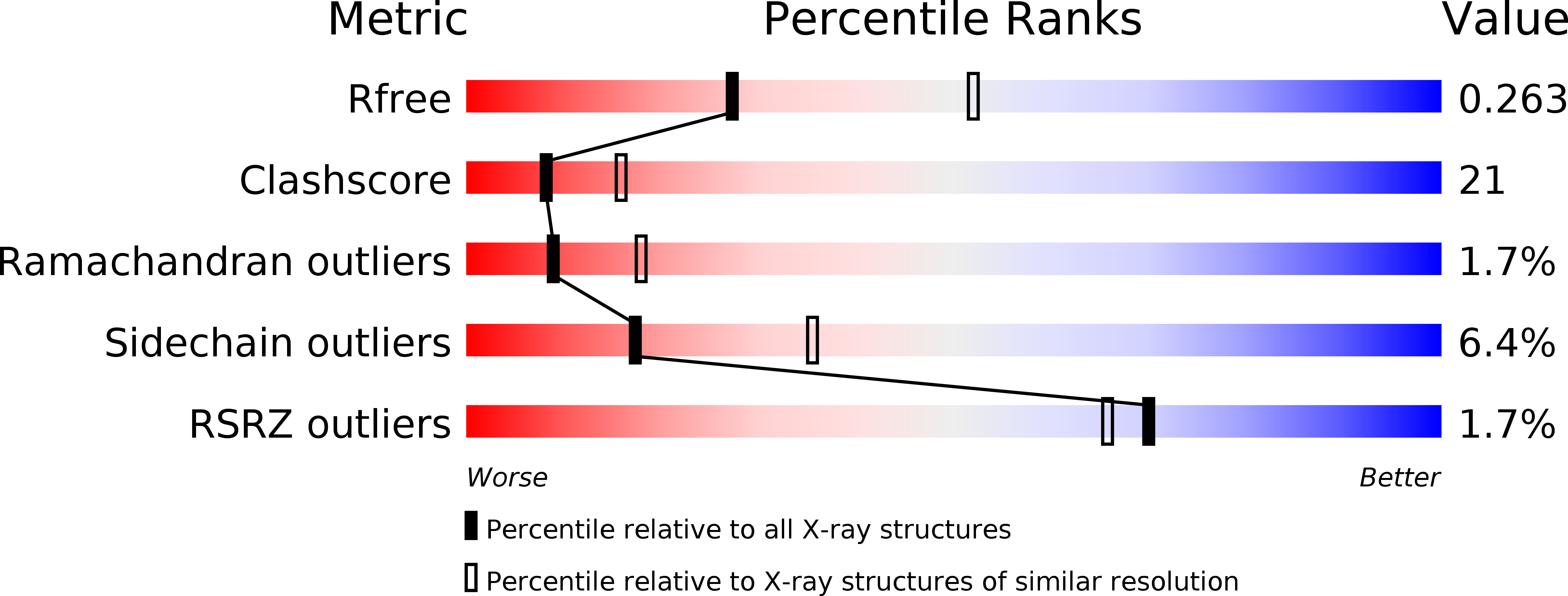
Deposition Date
2012-01-11
Release Date
2012-10-03
Last Version Date
2024-03-20
Entry Detail
PDB ID:
3VNC
Keywords:
Title:
Crystal Structure of TIP-alpha N25 from Helicobacter Pylori in its natural dimeric form
Biological Source:
Source Organism:
Helicobacter pylori (Taxon ID: 85962)
Host Organism:
Method Details:
Experimental Method:
Resolution:
2.60 Å
R-Value Free:
0.26
R-Value Work:
0.23
R-Value Observed:
0.23
Space Group:
C 1 2 1


